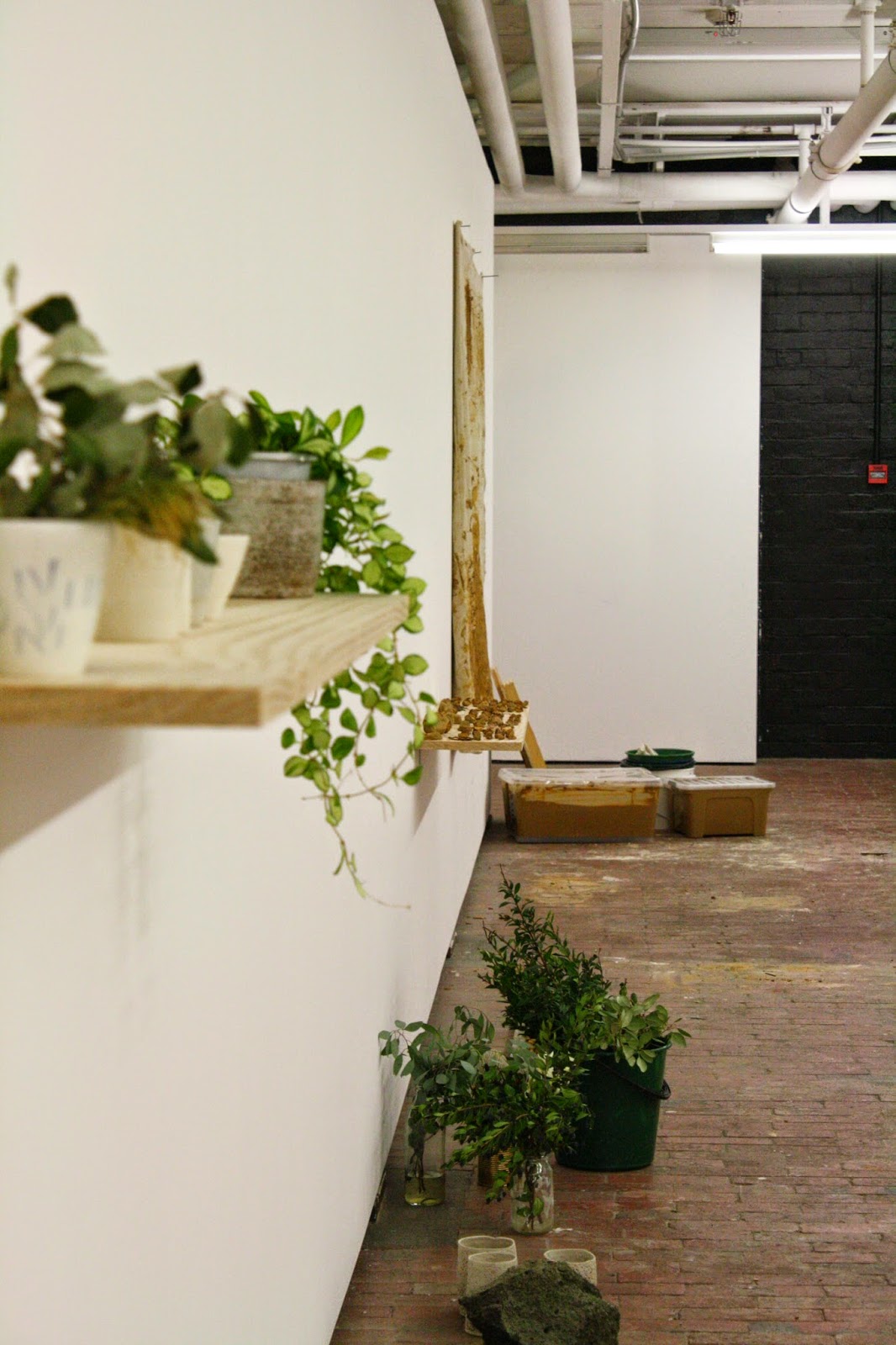Recently, i've been thinking about shirakami-sanchi, which is a mountainous area in the very north of Honshu, Japan.
It's a world heritage listed area, with rare beech forest and an abundance of clear springs.
I've been thinking about this because I'm part of a show coming up at Mr. Kitly called Sake to Utsuwa. In this exhibition, each artist chose one sake from a list of small independent boutique sake makers from Japan. I chose Tokubetsu Junmai, from the Andosuigun
brewery in the northern most point of Honshu, the main island, and in a couple of weeks I came home to a bottle of it on my doorstep with a hand written note. :)
This sake is made using water from the natural spring that runs through these mountains! Apparently this special water helps to produce a 'very clear and well structured sake'. In response to this beautiful sake and beautiful story behind the sake, I collected water from the (not-so-world-heritage-listed) water sources near my studio - the Merri Creek and the Yarra River. I then throw the vessels using this water. Some stones and debri have remained through the firing process.
Andosuigun Brewery collection spot:
Merri Creek collection spot:
Yarra River collection spot:
This is a lovely project and will be a beautiful show. Opens 6th of June!





.JPG)






























